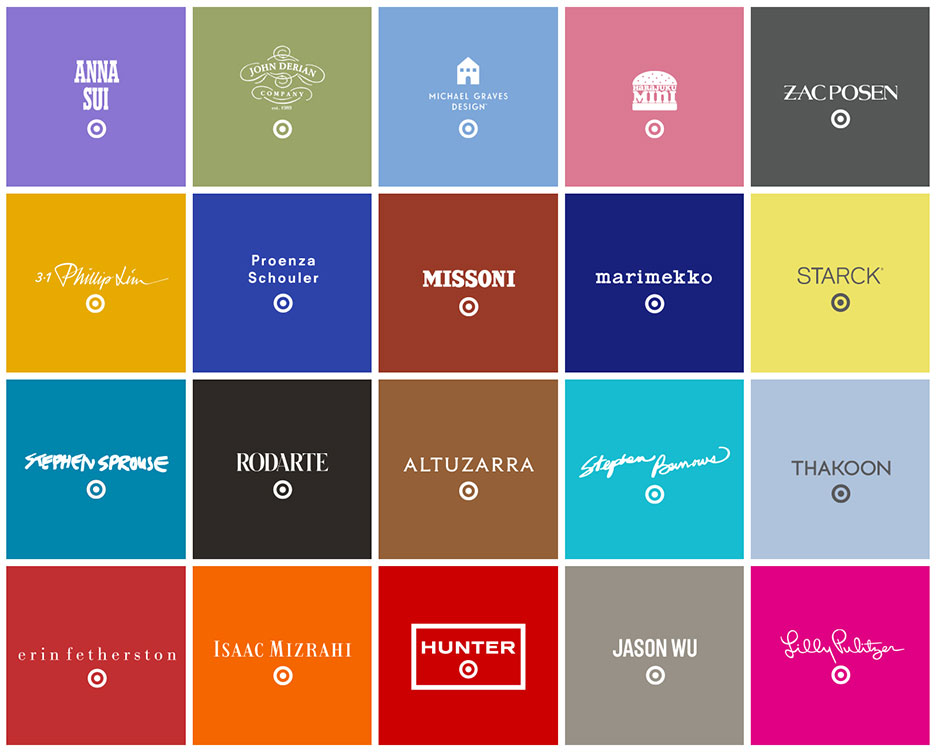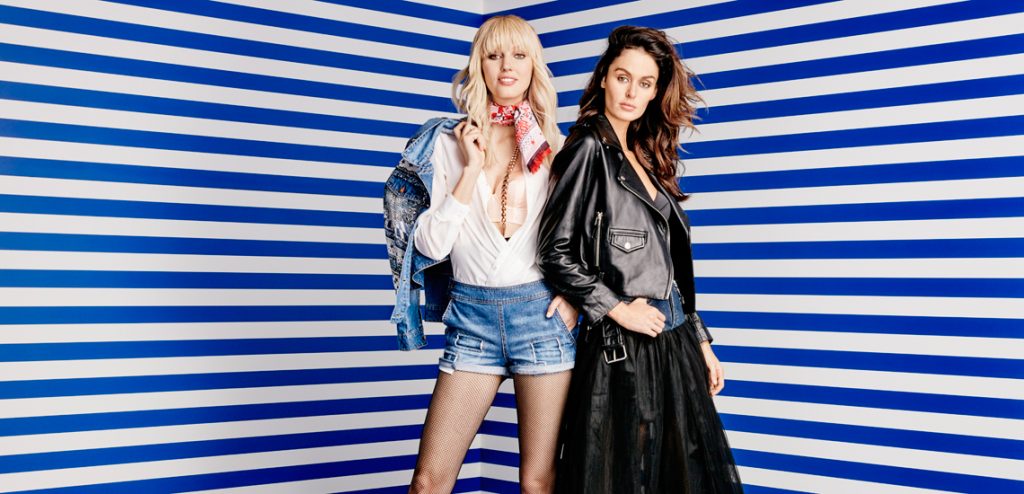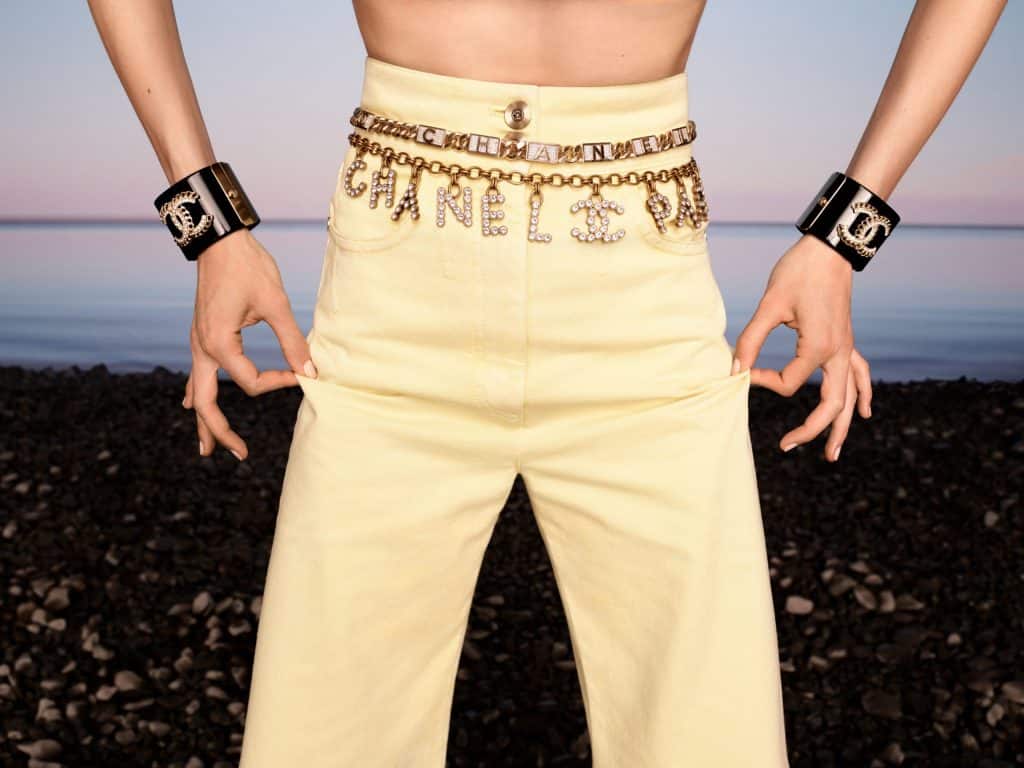In furtherance of a long line of big-name collaborations, Swedish fast fashion giant H&M announced that it has enlisted the Jeremy Scott-designed Moschino brand for its latest high fashion partnership. The collection, which was revealed at a Coachella Music Festival party this weekend, is expected to drop in November, with prices ranging from approximately $36 to $430, and a whole lot of hype to boot. It will surely drive traffic to H&M store and e-commerce site, and send consumers to its social media channels, as well.
There is a lot more to these collections than the affordably-priced designer-esque garments. Hardly a novel phenomenon, the Moschino x H&M collection follows from more than a decade of designer-mass market collabs, ones that have been popularized by the likes of Target and H&M, among others, but the roots of such collections are deeper than that. Years ago, design houses began offering diffusion lines, or more modestly priced collections than their signature lines, as a way to reach more consumers’ wallets. Yves St. Laurent, for instance, launched Rive Gauche in 1966. Prada established Miu Miu in 1993 (since spinning it off into more of a separate sister brand). Dolce & Gabbana founded D&G in 1994 (which folded in April 2011), and Marc Jacobs launched Marc by Marc Jacobs in 2001 (and has subsequently shuttered the collection).
These diffusion or “bridge” lines did not completely fill the void that consumers were demanding: mass distribution of high fashion, and thus, the designer-mass retailer collaboration was born, heralded by Halston in the 1980s when he teamed up with JCPenney for a lower-priced collection, and then taken up decades later by none other than H&M and Karl Lagerfeld.
In November 2004, H&M offered an exclusive collection with the Chanel and Fendi creative director, consisting of roughly thirty garments and accessories, which sold out within an hour at H&M’s New York, Los Angeles, and other large metropolitan stores, prompting H&M to maintain its momentum with subsequent collabs with Lanvin’s Alber Elbaz, Maison Martin Margiela, Marni, Stella McCartney, Comme des Garçons, Versace, and Balmain, among other brands. Target followed H&M’s lead, aiming to gain market share of teen spending with its own designer collaborations. With this in mind, the American super-store introduced Go International, a collaboration line with emerging designers in December 2005. Its debut offering: Fiorucci for Target, followed by collections with Behnaz Sarafpour in 2006, Proenza Schouler in February 2007, Richard Chai in 2008, and Thakoon Panichgul in 2008 – just to name a few. These were followed by its smash-hit collection with Italian design house, Missoni, and more recently, one that bore the Victoria Beckham brand name.
While other retailers have proffered the designer collaboration, H&M and Target have earned the titles of industry leaders, due, in large part, to their sheer size in the marketplace, but also to the top-name designers that they consistently parter up with to offer their wares at low(ish) prices.

Ten-Plus Years Later
Following a solid 10-plus-year run of nearly constant collaborations from many a fast fashion retailer, the vigor with which mass-market retailers are embarking upon these collabs appears to be waning. While H&M and Target are still very much in the game, the designer collections, with the exception of Missoni (which sold out, caused Target’s site to crash and then resulted in a widespread shortage of inventory and a massive shipping mess), are rarely met with the same level of fan furor as they once were.
More often than not, these collections are plagued with complaints about sizing, fit, and quality. In no shortage of cases, the garments have ended up on the retailers’ sale racks weeks later. Yet, these partnerships of sorts have not ceased, suggesting that sales are not the only benefit to be garnered. Some of the core takeaways for the parties involved are rather straightforward: brands benefit from massive amounts of publicity – such as Vogue ads, television commercials, big celebrity-filled parties, over-the-top runway shows, and signs plastered on the walls at Target and on the sides of buses – that these massive big-box companies can provide, and a big pay check, of course in exchange for the mass-market retailer using the brand’s name and logo. Established retailers, such as H&M tend to pay large sums – upwards of $1 million, if the rumors are true – to a creative director or brand to front a collaboration of this nature.
The mass-market brand has sizable benefits that it stands to gain from such a scenario, as well, including the influx of media impressions and the prospect of tempting both new and existing consumers. Taking it a step further, Target, specifically, has used its glossy, big-name collaborations to help achieve its goal of raising the average unit retail prices in its apparel business for both collaboration and non-collaboration garments. Maybe more importantly, though, these retailers can use these highly-hyped collab instances, which lure consumers onto their websites and into their stores, to sell them an array of things other than the clothing and accessories at issue. It is worth noting, after all, that the collaboration products are often priced quite significantly above the typical clothing and accessories offerings of these mass-market retailers, even if they are quite a few steps down in price from the brand’s usual price tags.
This seems to be why these big-box stores continue to roll out collaborations that may or may not sell out. They serve to lure in consumers, who may come into an H&M store or end up on the brand’s website for a Moschino x H&M dress but instead, leave with cheap denim from the Swedish giant. In the same vein, while shoppers may set out to buy a Victoria Beckham dress from Target’s collection, they may opt not to and instead – or maybe in addition to – buy groceries or a bath towel once they are in a Target store – that is a prime example of consumers bait-and-switch.
As such, these large-scale collaborations not only potential sources of revenue for the likes of Target and H&M but they sure-fire ways to get consumers’ attention and in the process, sell them stuff, even it if is not stuff from the buzzy collaboration. There is more to these collabs than meets the eye, after all.














